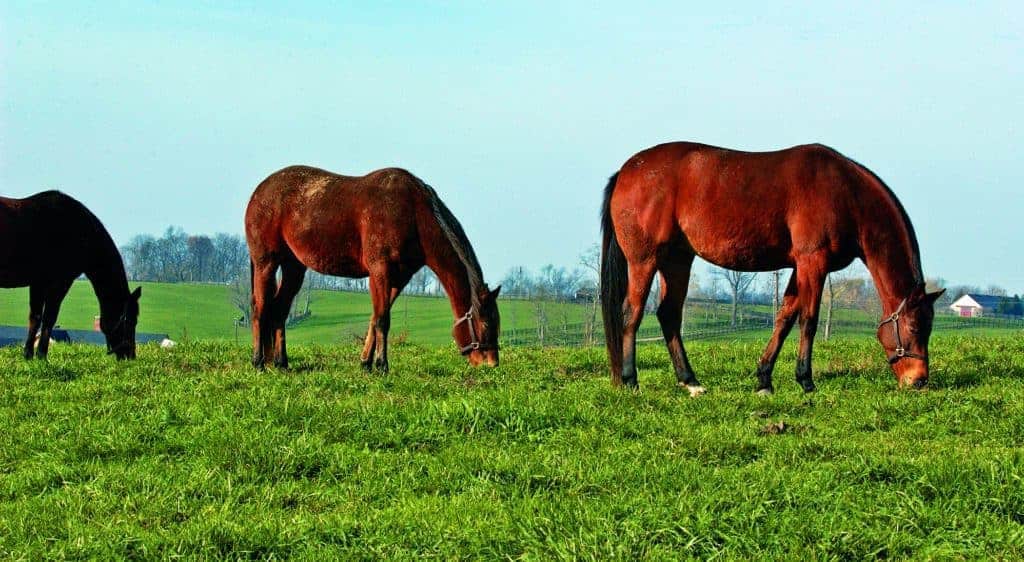
Uterine Therapy Options in Broodmares
Accurate diagnosis can allow effective treatment of uterine conditions in broodmares to improve fertility.

Accurate diagnosis can allow effective treatment of uterine conditions in broodmares to improve fertility.

One of the most important causes of embryo loss during early gestation is post-breeding endometritis.
SLC can help breeders address problems associated with breeding both stallions and mares.

Treatment of mares with oral gallium nitrate significantly reduced fecal concentrations of virulent R. equi.

Studies in human medicine are yielding promising results to support aucpuncture use in equine reproduction.
Experts report that this year’s Eastern tent caterpillar egg hatch is about a week ahead of average.
Foss explained a number of scientifically advanced assisted reproduction techniques and relayed how they work.
A recent study showed anti-Mullerian hormone levels is a useful test for detecting granulosa cell tumors.

The buffered chelators had no deleterious effects on the endometrium or the establishment of pregnancy.
A single dose of dexamethasone at breeding time did not appear to interfere with ovulation.
Research has proven the caterpillars caused outbreaks of mare reproductive loss syndrome (MRLS).
Researchers reported success with inducing ovulation in winter anestrous mares via a new hormone therapy.
Stall accident resulted in traumatic soft-tissue damage to the reining mare Whizard’s Baby Doll, aka “Roxy”

A 1.8-mg dose of the deslorelin acetate formulation was safe and effective in inducing ovulation in mares.

Veteran broodmares are at risk of placentitis, partly due to anatomic changes from previous foalings.
In 2011 more than 325 confirmed cases were submitted for evaluation–the largest number on record.
Stay on top of the most recent Horse Health news with
"*" indicates required fields